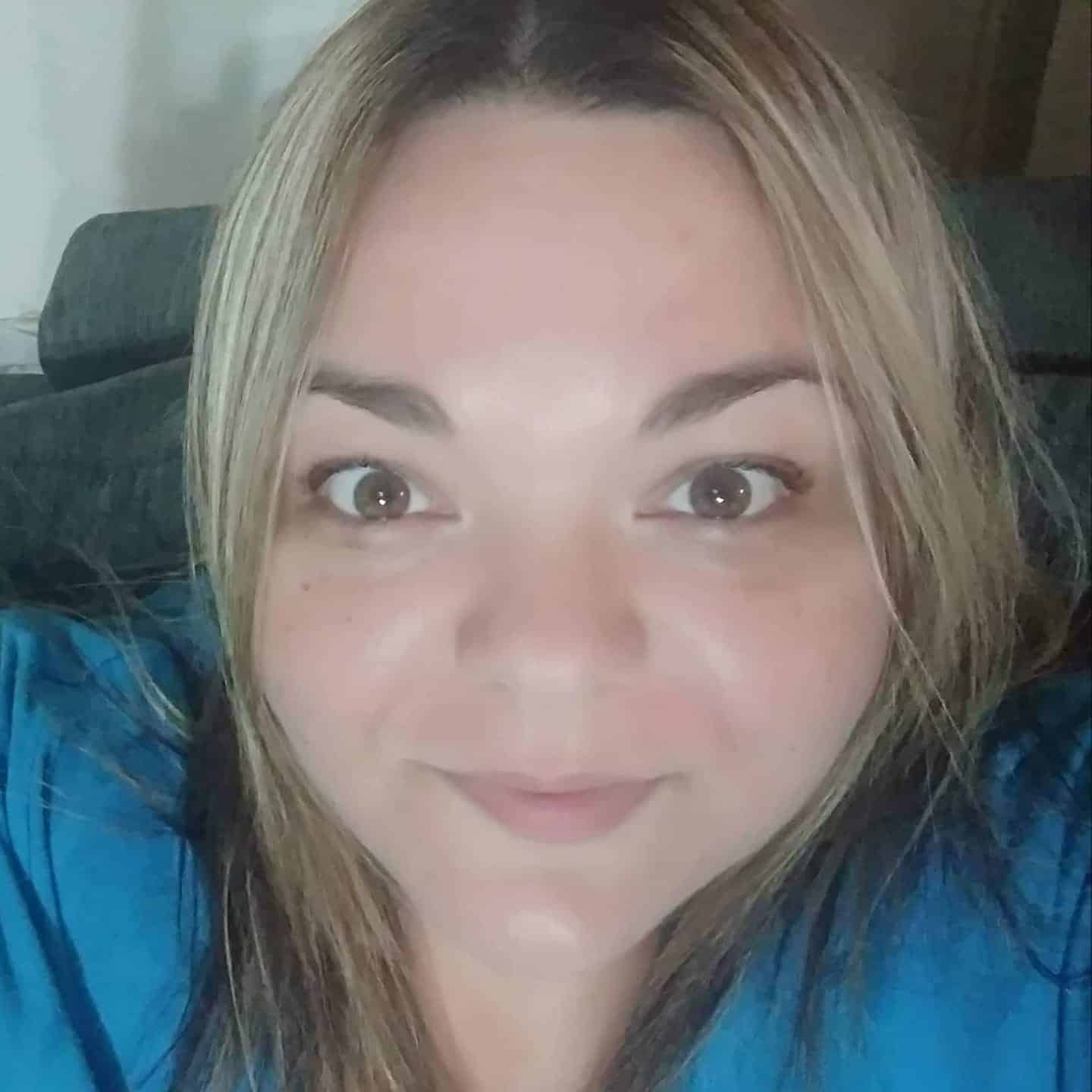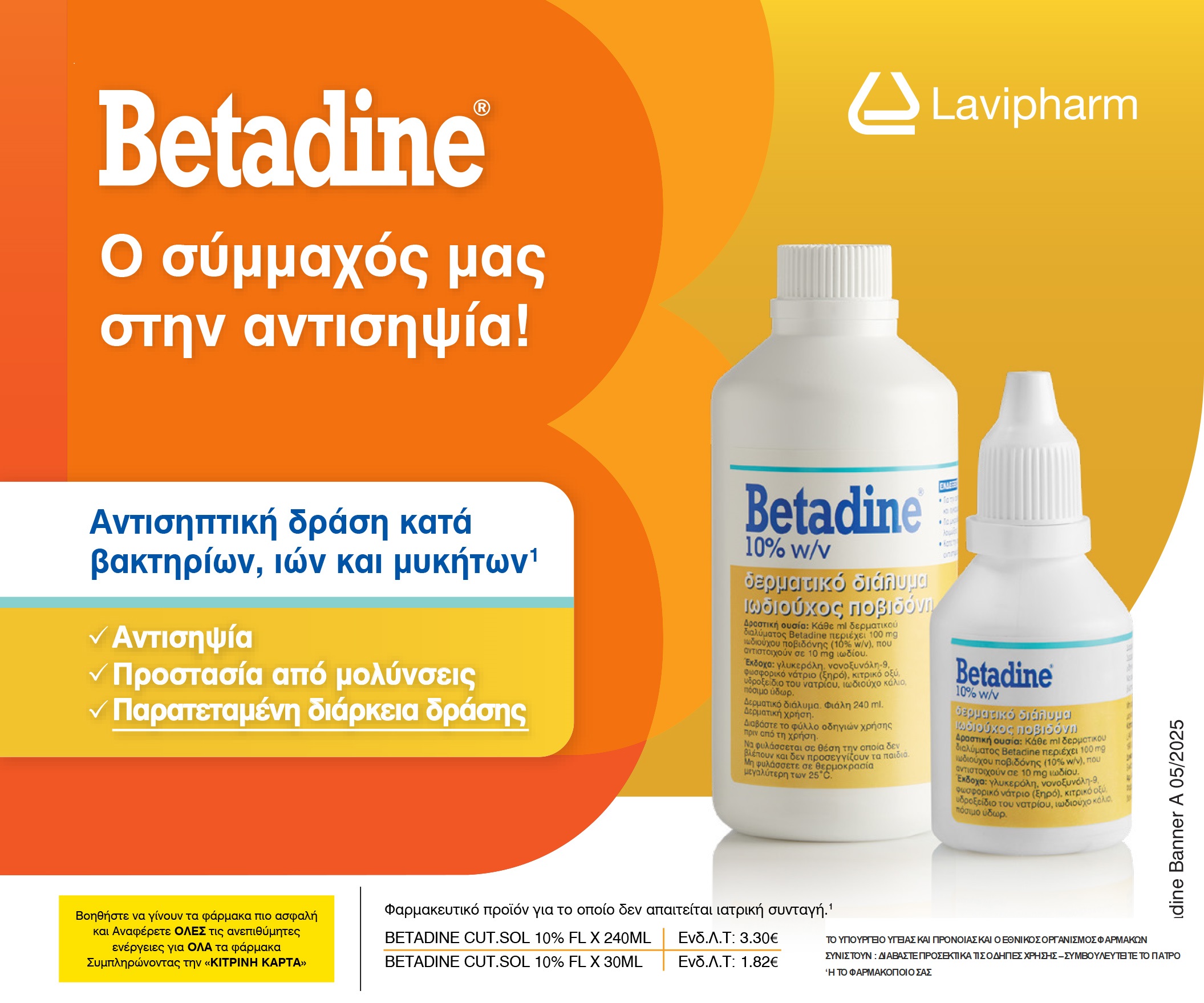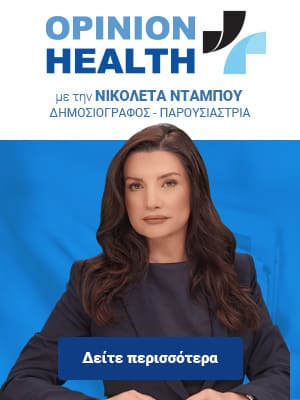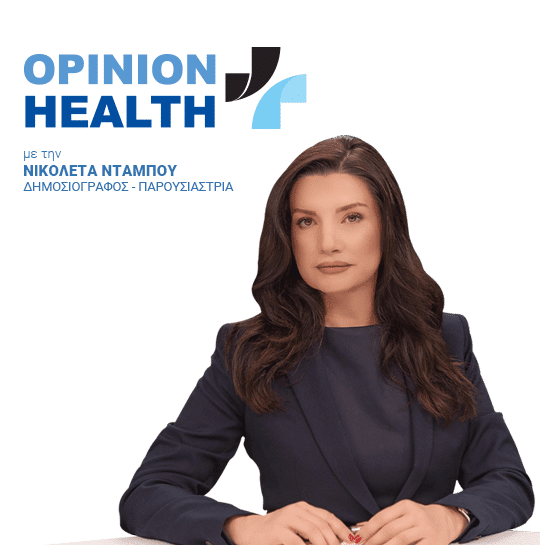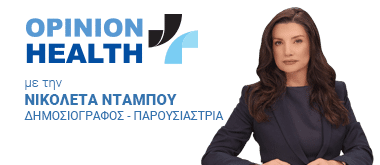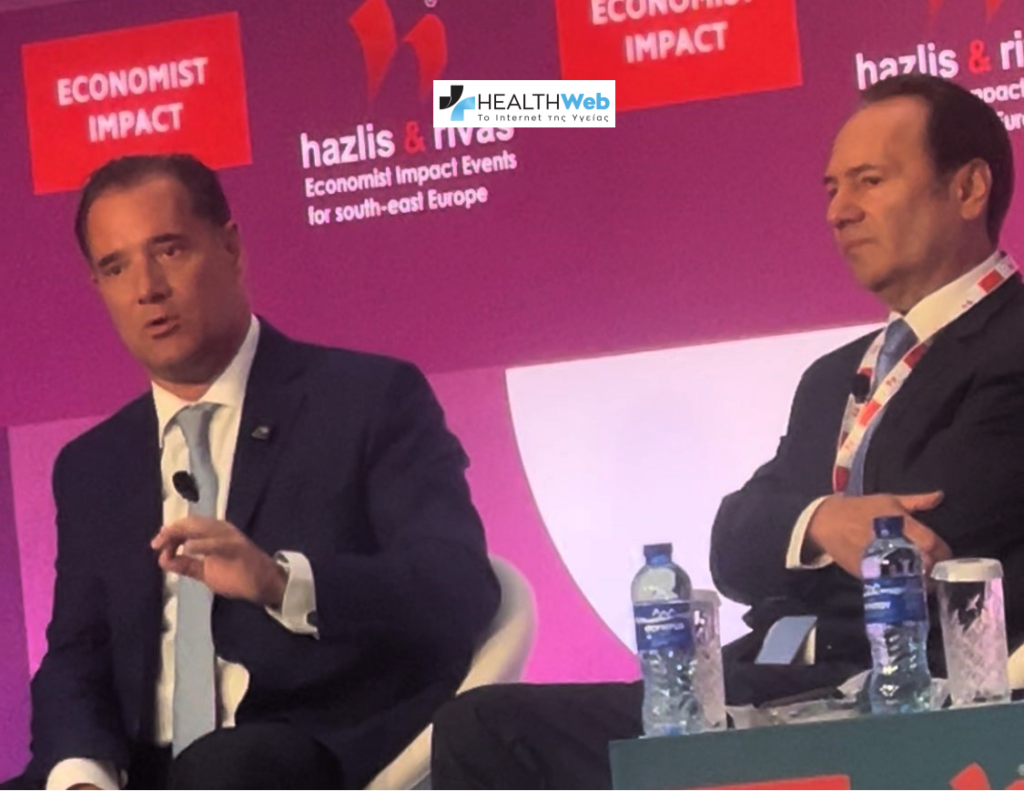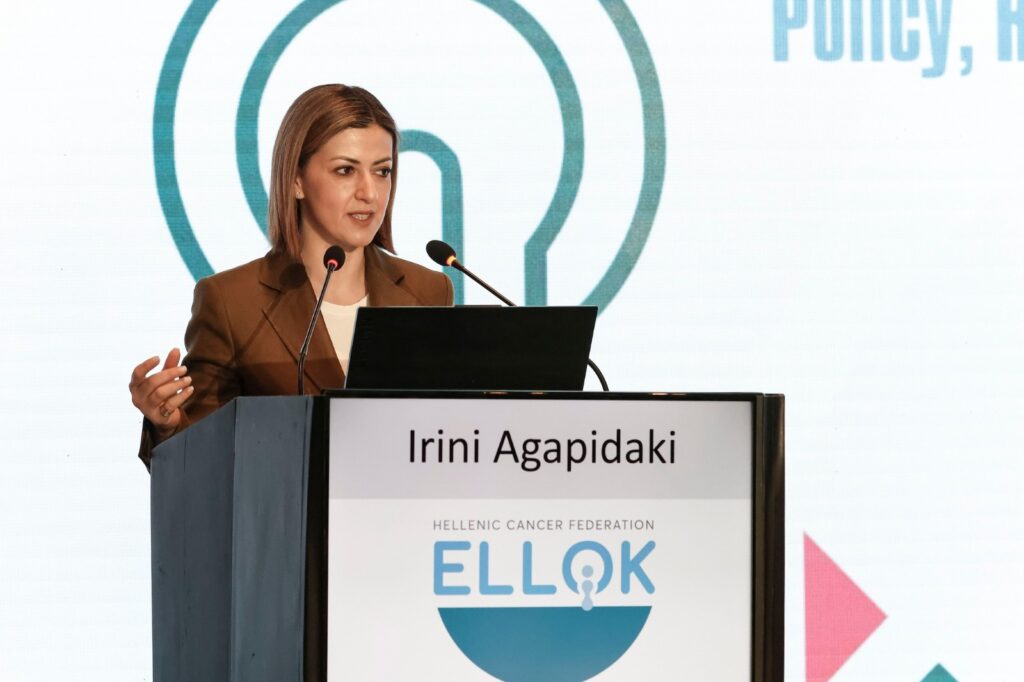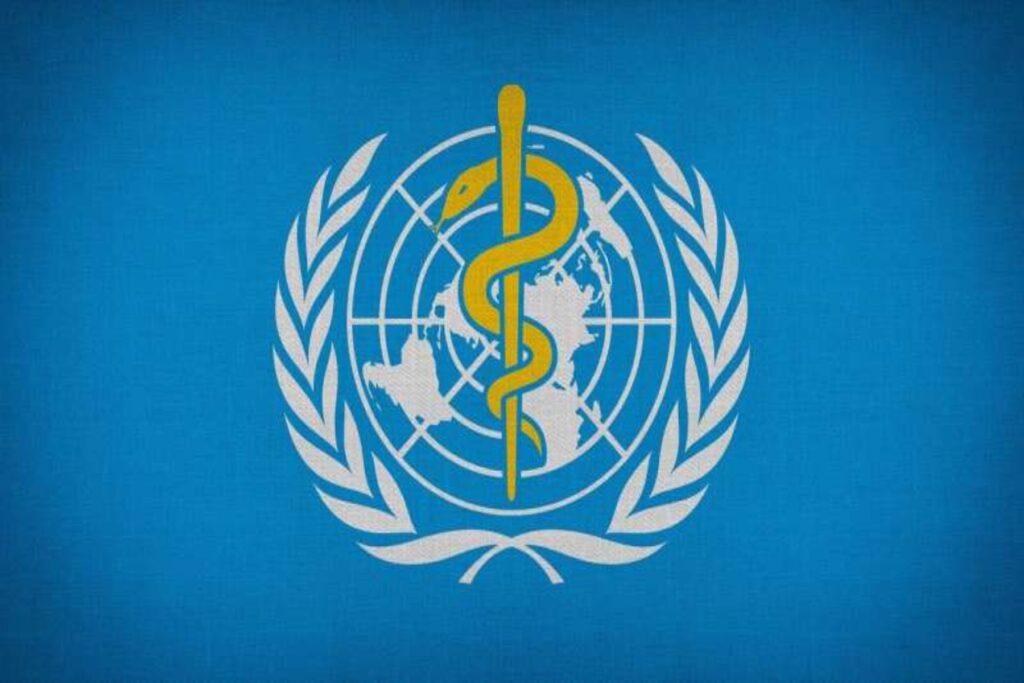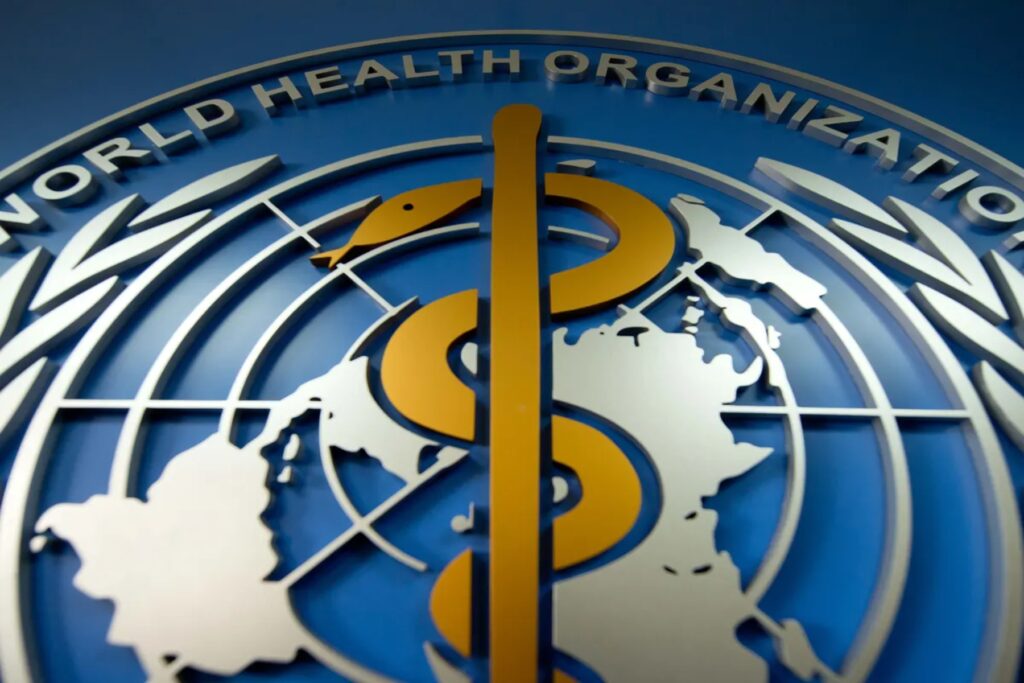Άμπου Ντάμπι ΠΟΥ: Η συγχρηματοδότηση της εκδήλωσης από τον ΠΟΥ ενισχύει τη σημασία της σωματικής δραστηριότητας ως προτεραιότητας για τη δημόσια υγεία και τη συμβολή της στη μείωση της επιβάρυνσης των μη μεταδοτικών ασθενειών και στη βελτίωση της καθημερινής λειτουργίας, της ψυχικής υγείας και ευεξίας.
Το Κέντρο Δημόσιας Υγείας του Άμπου Ντάμπι (ADPHC) και η Διεθνής Εταιρεία για τη Φυσική Δραστηριότητα και την Υγεία (ISPAH) ανακοίνωσαν σήμερα ότι ο Παγκόσμιος Οργανισμός Υγείας (ΠΟΥ) έγινε ο επίσημος συν-χορηγός του 9ου Συνεδρίου ISPAH που πραγματοποιείται στο Άμπου Ντάμπι στις 23-26 Οκτωβρίου. Με ένα ενημερωτικό και συναρπαστικό πρόγραμμα εργαστηρίων, ομιλιών και συνεδριών, υπό την καθοδήγηση τοπικών, περιφερειακών και παγκόσμιων εμπειρογνωμόνων, το Συνέδριο θα οδηγήσει σε συνομιλίες που θα επικεντρωθούν στην ενθάρρυνση της υιοθέτησης της σωματικής δραστηριότητας σε όλες τις ηλικιακές ομάδες της κοινωνίας. Θα διερευνήσει επίσης ευκαιρίες για συνεργασία για να βοηθήσει στην επίτευξη ενός κοινού οράματος για μια υγιή και ενεργή κοινωνία.
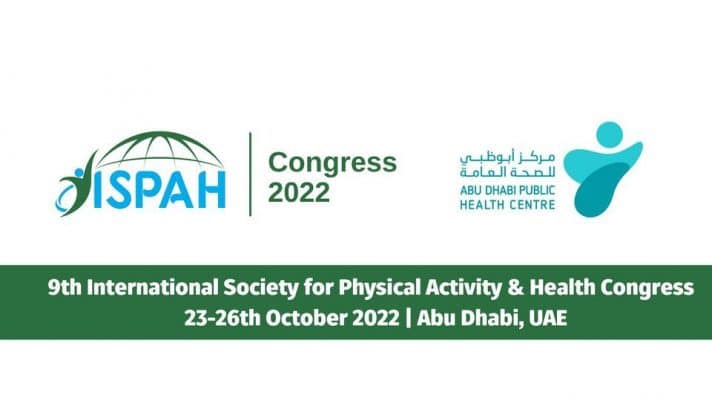
Η συγχρηματοδότηση της εκδήλωσης από τον ΠΟΥ ενισχύει τη σημασία της σωματικής δραστηριότητας ως προτεραιότητας για τη δημόσια υγεία και τη συμβολή της στη μείωση της επιβάρυνσης των μη μεταδοτικών ασθενειών και στη βελτίωση της καθημερινής λειτουργίας, της ψυχικής υγείας και ευεξίας. Ο Matar Saeed Al Nuaimi, Γενικός Διευθυντής του Κέντρου Δημόσιας Υγείας του Άμπου Ντάμπι, δήλωσε: “Η 9η έκδοση του Συνεδρίου ISPAH είναι ένα ορόσημο για την ατζέντα Δημόσιας Υγείας του Άμπου Ντάμπι, καθώς θέτει τη βάση για αποτελεσματικές συζητήσεις σχετικά με τον ρόλο της άσκησης και της σωματικής δραστηριότητα για την προαγωγή υγιών κοινωνιών και την προαγωγή της προληπτικής υγείας.”
“Είναι τιμή μας που έχουμε τον Παγκόσμιο Οργανισμό Υγείας ως συνχορηγό της εκδήλωσης. Η πολύτιμη συμμετοχή και η υποστήριξή τους ενισχύουν το όραμά μας για ένα υγιές Άμπου Ντάμπι και είναι απόδειξη της προόδου και του αντίκτυπου που δημιουργεί το Άμπου Ντάμπι στον κόσμο της δημόσιας υγείας στάδιο.” Ο Δρ, Fiona Bull, Επικεφαλής Μονάδας Φυσικής Δραστηριότητας, Παγκόσμιος Οργανισμός Υγείας, δήλωσε: “Ο ΠΟΥ είναι στην ευχάριστη θέση να συνυποστηρίξει αυτό το Συνέδριο ως ευκαιρία να επισημάνουμε τη σημασία της σωματικής δραστηριότητας στην περιοχή της Ανατολικής Μεσογείου και να επιστήσουμε την προσοχή όχι μόνο της υγείας οφέλη αλλά και την ευρύτερη πολιτική «win win win» της αύξησης των επιπέδων συμμετοχής από άτομα όλων των ηλικιών και ικανοτήτων.Αυτό μπορεί να είναι μέσω του αθλητισμού, της φυσικής κατάστασης ή της άσκησης, αλλά και μέσω πολλών άλλων τρόπων με τους οποίους δραστηριοποιούμαστε καθημερινά.”
“Συγκεντρώνοντας ερευνητές, επαγγελματίες και υπεύθυνους χάραξης πολιτικής, ελπίζουμε ότι το συνέδριο ISPAH θα ενισχύσει τα επιστημονικά δίκτυα και την ερευνητική δραστηριότητα στα Ηνωμένα Αραβικά Εμιράτα, σε περιφερειακό και παγκόσμιο επίπεδο και, μέσω της ανταλλαγής γνώσεων και εμπειριών, να δημιουργήσει ικανότητες στην πρακτική εφαρμογή της πολιτικής για την προώθηση της σωματικής δραστηριότητας σε τοπικό επίπεδο και παγκοσμίως για να βοηθήσουμε περισσότερους ανθρώπους να ξεκινήσουν και να παραμείνουν πιο ενεργοί”.
Ο καθηγητής Jasper Schipperijn, Πρόεδρος της ISPAH, δήλωσε: “Η ISPAH χαίρεται που ο ΠΟΥ συγχρηματοδοτεί το Συνέδριο του 2022 στο Άμπου Ντάμπι. Το πρόγραμμα έχει σχεδιαστεί προσεκτικά για να ευθυγραμμιστεί με το Παγκόσμιο Σχέδιο Δράσης για τη Φυσική Δραστηριότητα για την ενημέρωση των ερευνητών, των επαγγελματιών και οι υπεύθυνοι χάραξης πολιτικής σχετικά με τις τελευταίες επιστημονικές εξελίξεις σχετικά με αποτελεσματικές προσεγγίσεις για την αύξηση των επιπέδων σωματικής δραστηριότητας του πληθυσμού.”
“Αυτή θα είναι η πρώτη φορά που το Συνέδριο ISPAH θα πραγματοποιηθεί στην περιοχή της Ανατολικής Μεσογείου. Εργαζόμαστε με τον ΠΟΥ και το Κέντρο Δημόσιας Υγείας του Άμπου Ντάμπι για να θέσουμε τη σωματική δραστηριότητα στην ατζέντα σε όλη την περιοχή, για να υποστηρίξουμε την κλιμακούμενη δράση στη σωματική δραστηριότητα”. Το Συνέδριο ISPAH είναι το μεγαλύτερο συνέδριο φυσικής δραστηριότητας και υγείας στον κόσμο και η ISPAH αναγνωρίζεται ευρέως ως η κορυφαία παγκόσμια κοινωνία ερευνητών και επαγγελματιών που επικεντρώνονται στην προώθηση της φυσικής δραστηριότητας σε όλη τη διάρκεια της ζωής. Το φετινό Συνέδριο θα πραγματοποιηθεί με θέμα Making Every Move Count.
Διαβάστε όλες τις τελευταίες Ειδήσεις για την υγεία από την Ελλάδα και τον ΚόσμοΑκολουθήστε το healthweb.gr στο Google News και μάθετε πρώτοι όλες τις ειδήσεις
Ακολουθήστε το healthweb.gr στο κανάλι μας στο YouTube

